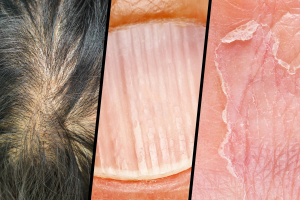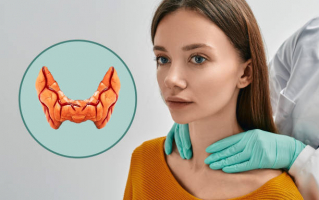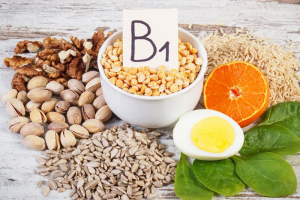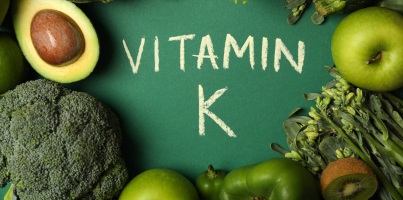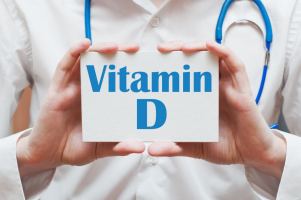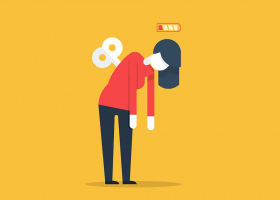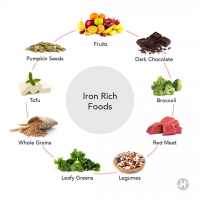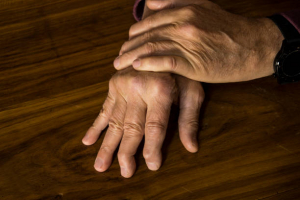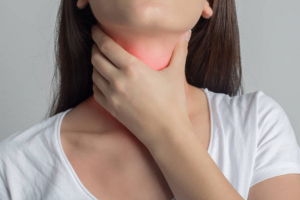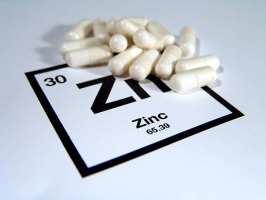Top 10 Signs of iron deficiency anemia
When your body doesn't have enough iron, it's called an iron deficiency. Iron is required for the production of hemoglobin, a protein found in red blood cells ... read more...that allows them to transport oxygen through your blood vessels. Your tissues and muscles will not be able to perform efficiently if you don't have enough hemoglobin in your body. Anemia develops as a result of this. Below are some of the Signs of Iron Deficiency Anemia!
-
One of the most prevalent symptoms of iron deficiency anemia is severe tiredness. Even if they haven't been diagnosed with an iron deficiency, this symptom is frequent in people who simply don't have enough iron.
This fatigue is caused by a shortage of iron in your body, which is required for the production of hemoglobin, a protein that helps in the transport of oxygen throughout your body. Less oxygen reaches your tissues and muscles if you don't have enough hemoglobin, depriving them of energy. In order to move more oxygen-rich blood around your body, your heart must work harder, which might make you tired. Because tiredness is commonly regarded as a normal part of modern life, diagnosing an iron shortage based solely on this symptom is difficult. However, tiredness caused by the iron deficiency may be followed by weakness, irritability, or difficulty concentrating.

Unusual tiredness 
Unusual tiredness -
Other typical signs of iron deficiency are skin that’s paler than usual, as well as the pale coloring of the inside of the lower eyelids. Hemoglobin in red blood cells gives blood its red color, so iron shortage causes the blood to become less red. That's why, among people who are iron deficient, their skin may lose part of its color or warmth. Paleness associated with iron deficiency might appear all over the body or be limited to one area, such as the face, gums, insides of lips or lower eyelids, nails, etc, according to a study of children ages 6 to 11.
A blood test should be used to confirm this condition. Paleness is more common in moderate and severe anemia cases. The inside layer of your lower eyelid should be a vibrant red hue when you pull it down while staring in the mirror. You may have an iron deficiency if it's a very pale pink or yellow color. The eyelid may be the only area where this disease is visible in people with darker skin tones.

Skin that’s paler than usual 
Skin that’s paler than usual -
When you're healthy, your heart, muscles, and organs receive enough oxygen. Anemia causes the lungs to overcompensate in an attempt to bring in more oxygen, resulting in breathing difficulties.
Your red blood cells use hemoglobin to transport oxygen throughout your body. When hemoglobin levels are low due to anemia, oxygen levels are low as well. This means that your muscles won’t get enough oxygen to do normal activities, such as walking. As a result, your body tries to receive more oxygen, your breathing rate will increase. Shortness of breath is a common symptom because of this. Iron deficiency may be to blame if you find yourself short of breath when doing daily tasks that you used to feel easy, such as walking, climbing stairs, or working out.

Shortness of breath 
Shortness of breath -
Anemia is a condition in which the amount of red blood cells in your bloodstream is unusually low. Red blood cells transport oxygen from your lungs to the rest of your body. Your organs may receive less oxygen if you have anemia. You may suffer headaches if your brain receives less oxygen than normal.
Headaches can be caused by a variety of things, but frequent, recurrent headaches might be a sign of iron deficiency. Basic headaches, which is the type of headache most people get from time to time, can result from iron deficiency anemia (IDA), which causes the brain to get less oxygen than it requires to function properly. IDA has also been linked to migraine, particularly in menstruating women.
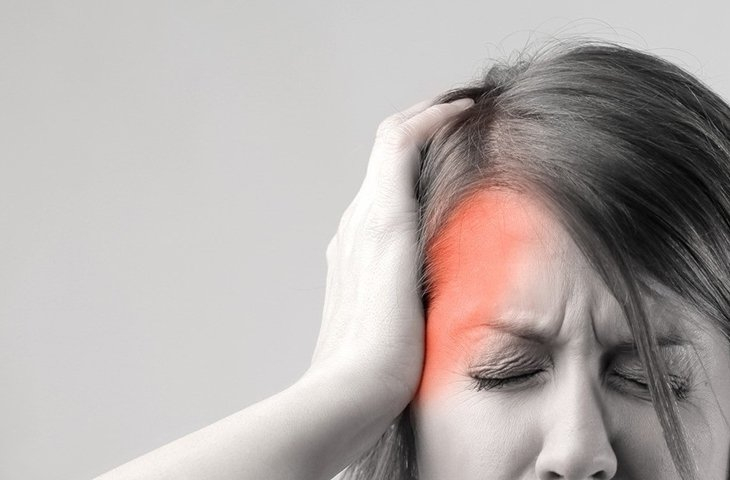
Headaches 
Headaches -
A fast heartbeat that you may feel in your chest, throat, or neck is the most common symptom of heart palpitations. It may feel like your heart is stopping, pounding, or flip-flopping at times.
Heart palpitations, or noticeable heartbeats, are another symptom of iron deficiency anemia. The link between iron deficiency, anemia, and heart disease is still being studied, although it might be linked to oxygen supply. Hemoglobin is a protein found in red blood cells that helps in the transport of oxygen throughout the body. Low hemoglobin levels in iron deficiency mean the heart needs to work extra hard to transport oxygen. This might cause irregular heartbeats or the feeling that your heart is beating too quickly. As a result, iron deficiency can exacerbate heart conditions such as heart failure and coronary heart disease.

Heart palpitations 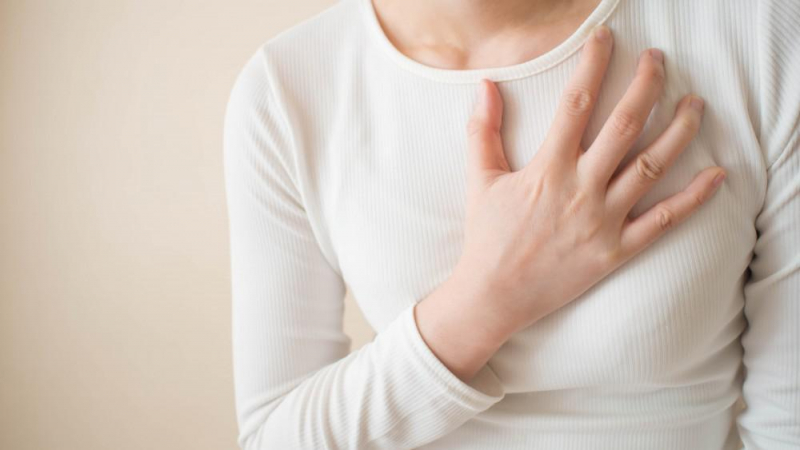
Heart palpitations -
Iron deficiency can cause dry, damaged skin and hair. Iron deficiency decreases hemoglobin blood levels, which may reduce the amount of oxygen available to hair-growing cells. Skin and hair can become dry and weak if they are deprived of oxygen.
Hair loss is also linked to iron deficiency, and some evidence shows it may be the reason – particularly in females of reproductive age. Hair follicle cells, according to some studies, are particularly sensitive to low iron levels and may not be able to create new cells as effectively when iron levels are low. It's totally normal for some hair to fall out while you're washing and combing your hair on a regular basis. But if you're losing clumps or large amounts of hair, it might be due to an iron deficiency.

Dry and damaged hair and skin 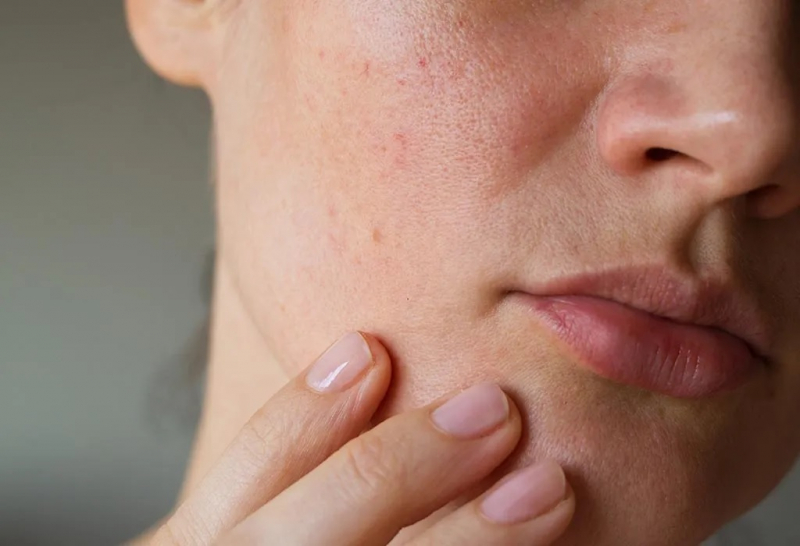
Dry and damaged hair and skin -
The tongue is one of the strongest muscles in the body, especially while chewing and swallowing food. The inside or outside of your mouth can sometimes reveal whether or not you have iron deficiency anemia. When your iron levels are low, this disorder, also known as glossitis, causes the tongue to become inflamed and is characterized by a number of symptoms. A swollen, inflamed, pale, or unusually smooth tongue is one of the symptoms.
If you feel you have an anemia tongue, the best place to start is with a dental professional. On your tongue, they'll examine for blisters, a lack of papillae, and symptoms of inflammation. Antibiotics, dietary adjustments, and proper oral hygiene are all treatment options available for glossitis at home. Remember that proper brushing and flossing are the foundations of a healthy mouth. Keep your teeth and gums as healthy as possible, and you won't have to worry about dental pain if you're anemic.
Swelling and soreness of your tongue or mouth 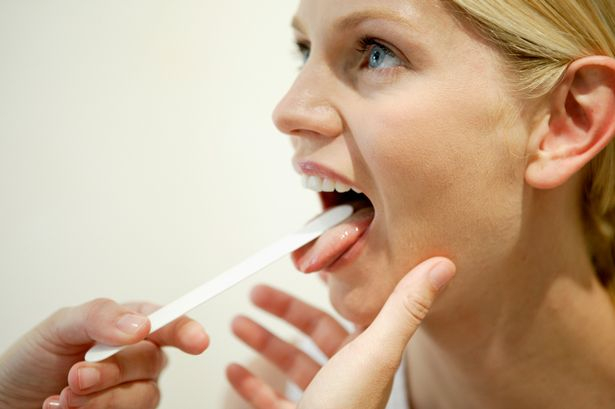
Swelling and soreness of your tongue or mouth -
Restless leg syndrome has been linked to an iron deficiency. This condition is characterized by a strong desire to move your legs even when they are at rest. It can also cause itching and crawling feelings in your feet and legs. It's frequently worst at night, which means you can have difficulty sleeping.
The exact causes of primary restless leg syndrome are unclear. However, it is known to occur as a result of a variety of medical conditions, including iron deficiency anemia. The single most consistent finding and the strongest environmental risk factor associated with this condition is iron insufficiency. Restless leg syndrome is six times more common in people with iron deficiency anemia than in the general population.
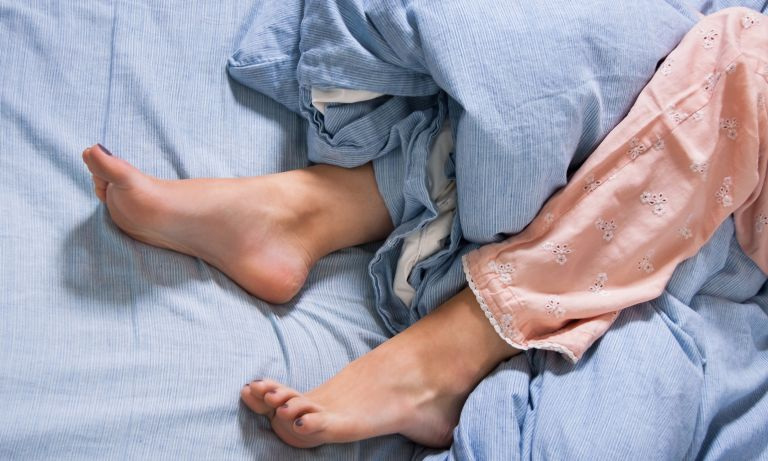
Restless legs 
Restless legs -
Spoon nails (koilonychia) are soft, scooped-out nails. Spoon nails are frequently a sign of iron deficiency anemia or hemochromatosis, a liver condition in which your body absorbs too much iron from the food you eat.
However, brittle or spoon-shaped fingernails are a much less frequent indication of iron deficiency. Brittle nails that chip and crack easily are usually the first sign. Spoon-shaped nails can develop in the final stages of iron deficiency when the middle of your nail lowers and the edges raise, giving your nail a rounded look like a spoon. However, this is an uncommon side effect that impacts only approximately 5% of patients with iron deficiency. It's usually only seen in extreme cases.
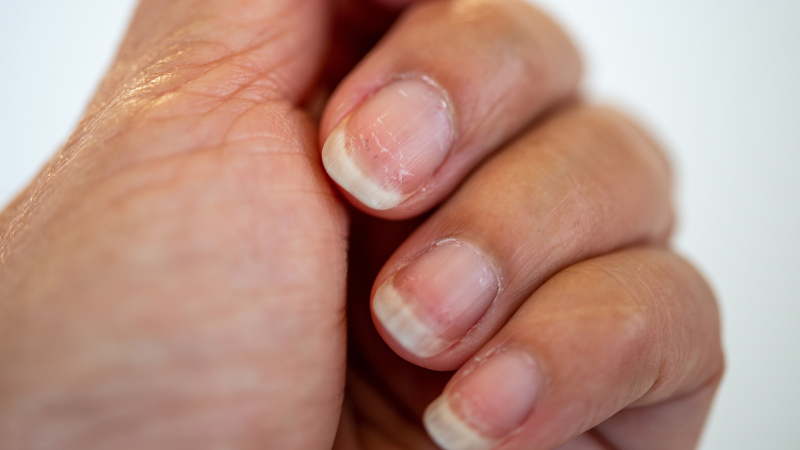
Brittle or spoon-shaped fingernails 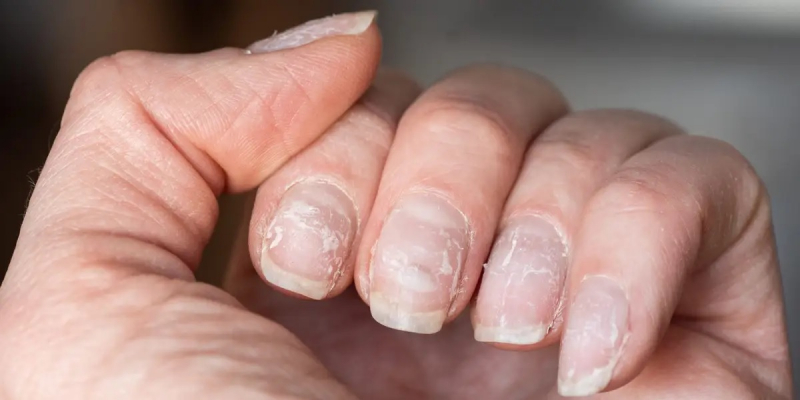
Brittle or spoon-shaped fingernails -
A number of additional signs show that your iron levels are low. These are less common and can be caused by a variety of things other than iron deficiency.
Other symptoms of anemia caused by a lack of iron include:
- Strange cravings. Pica is a need for non-food items. It's usually accompanied by a desire to eat ice, clay, dirt, chalk, or paper, and it might signal an iron deficit.
- Feeling of depression: In adults, iron deficiency anemia has been linked to depression. Pregnant women who are iron deficient are at an increased risk of depression.
- Hands and feet are cold: If you have an iron deficiency, your hands and feet will receive less oxygen. Some people may be more sensitive to the cold in general or have cold hands and feet.
- Infections occur more often: Because iron is required for a healthy immune system, a deficiency may raise your infection risk.
- Poor appetite: Iron deficiency is related to a poor appetite due to changes in the hunger hormone ghrelin.

Other potential signs of iron deficiency anemia 
Other potential signs of iron deficiency anemia












